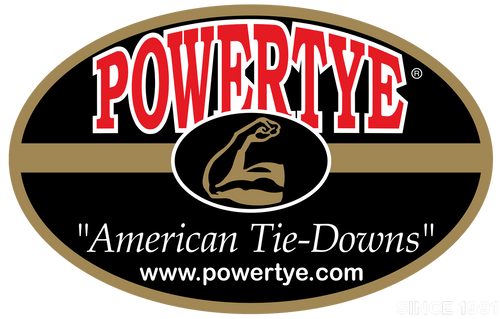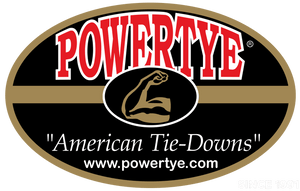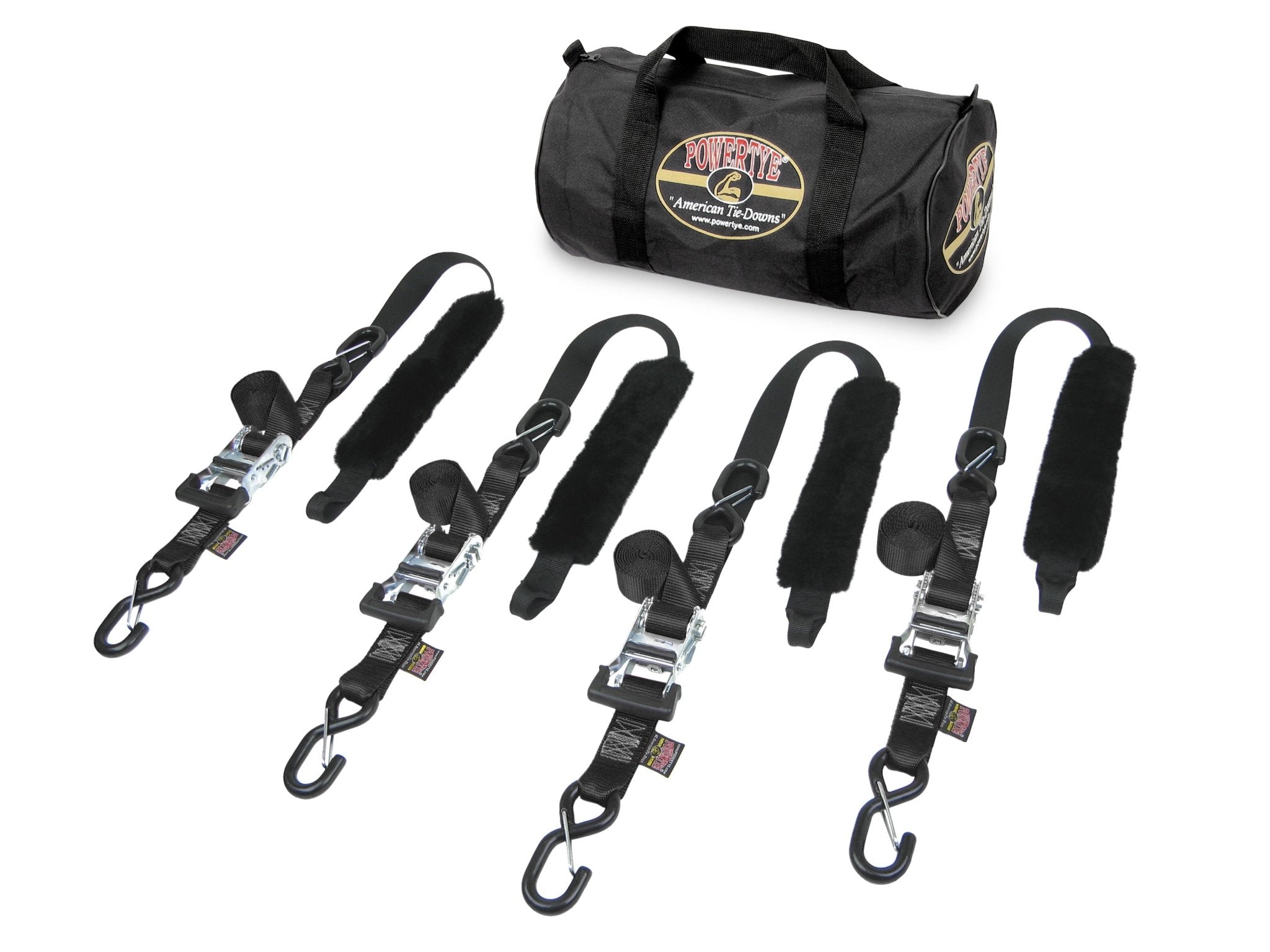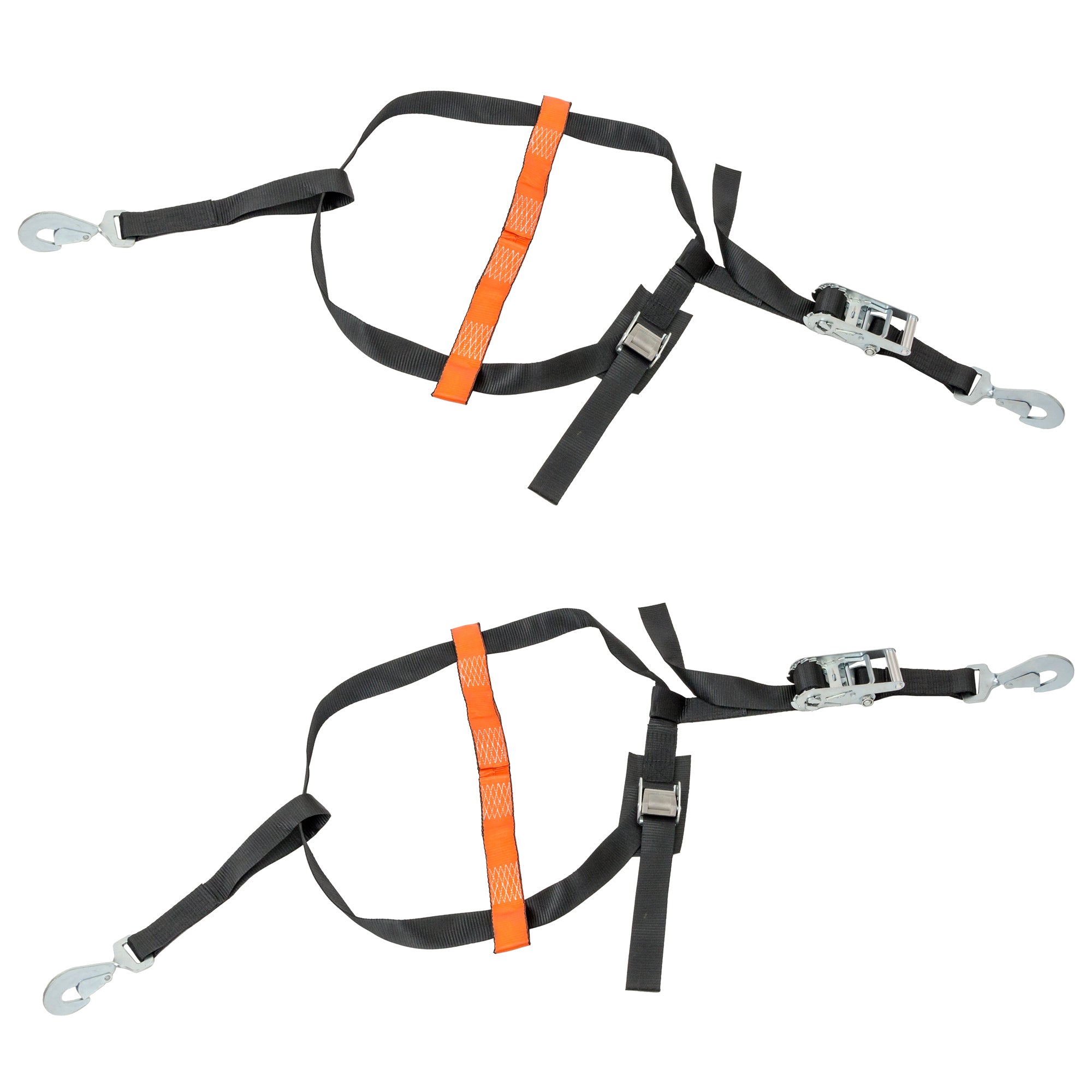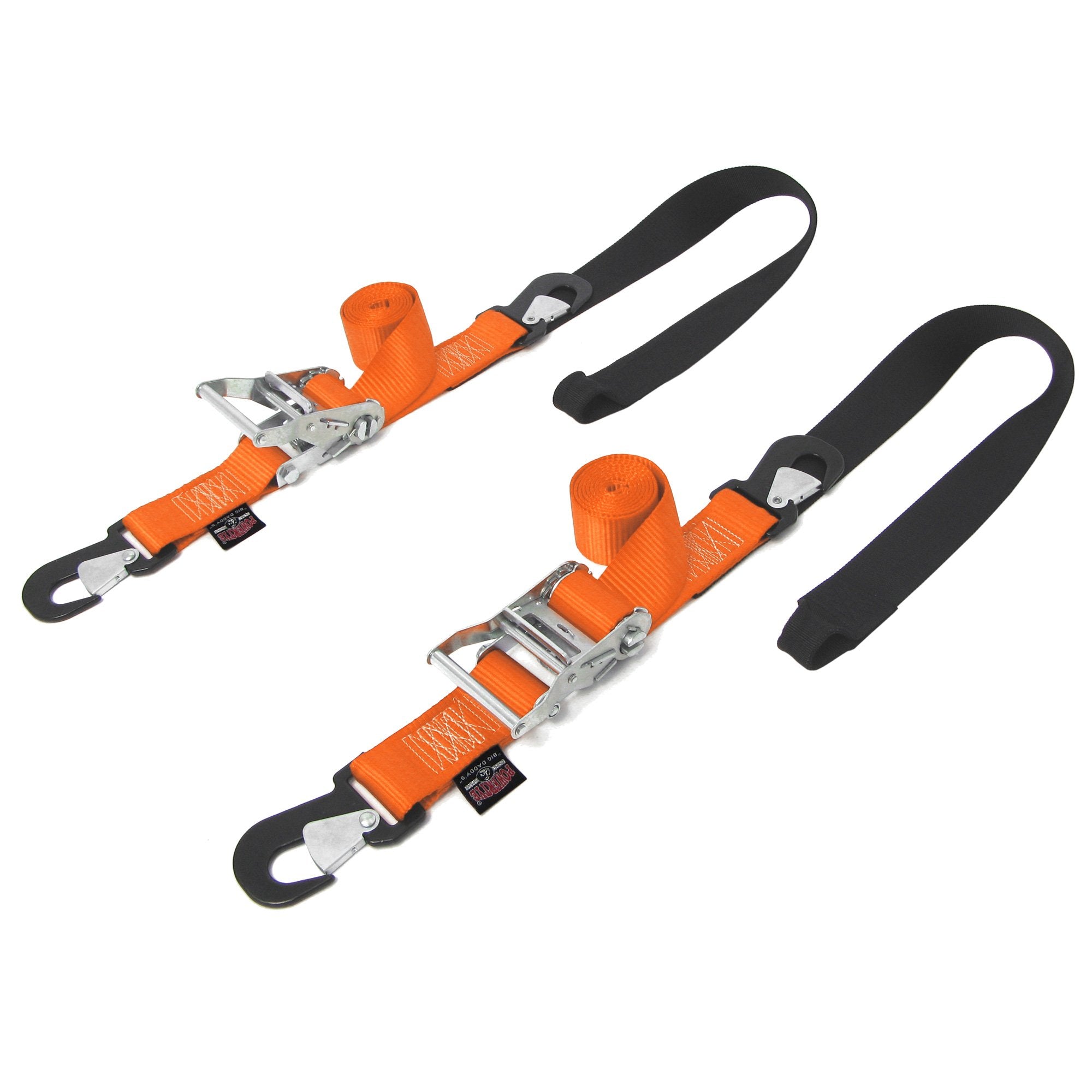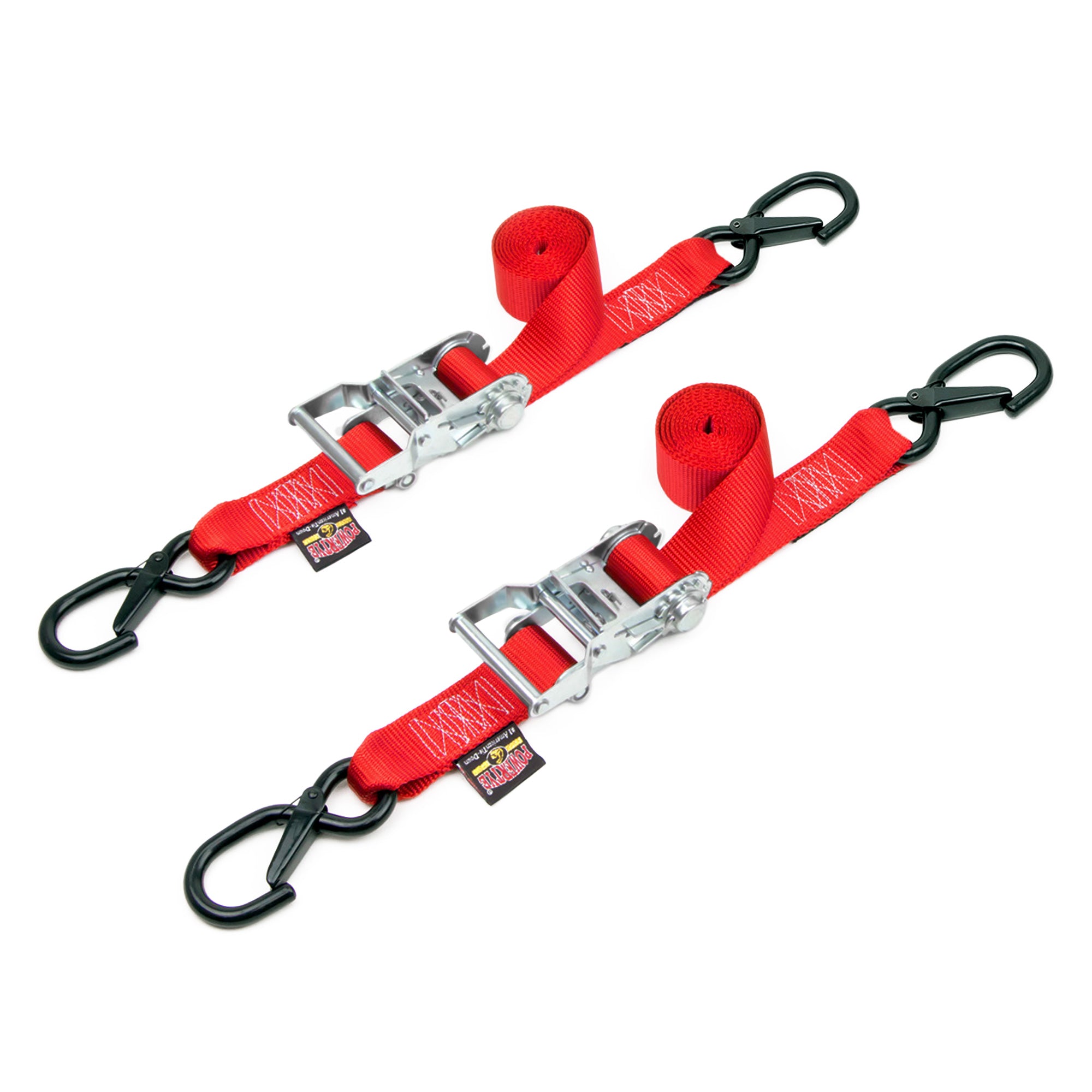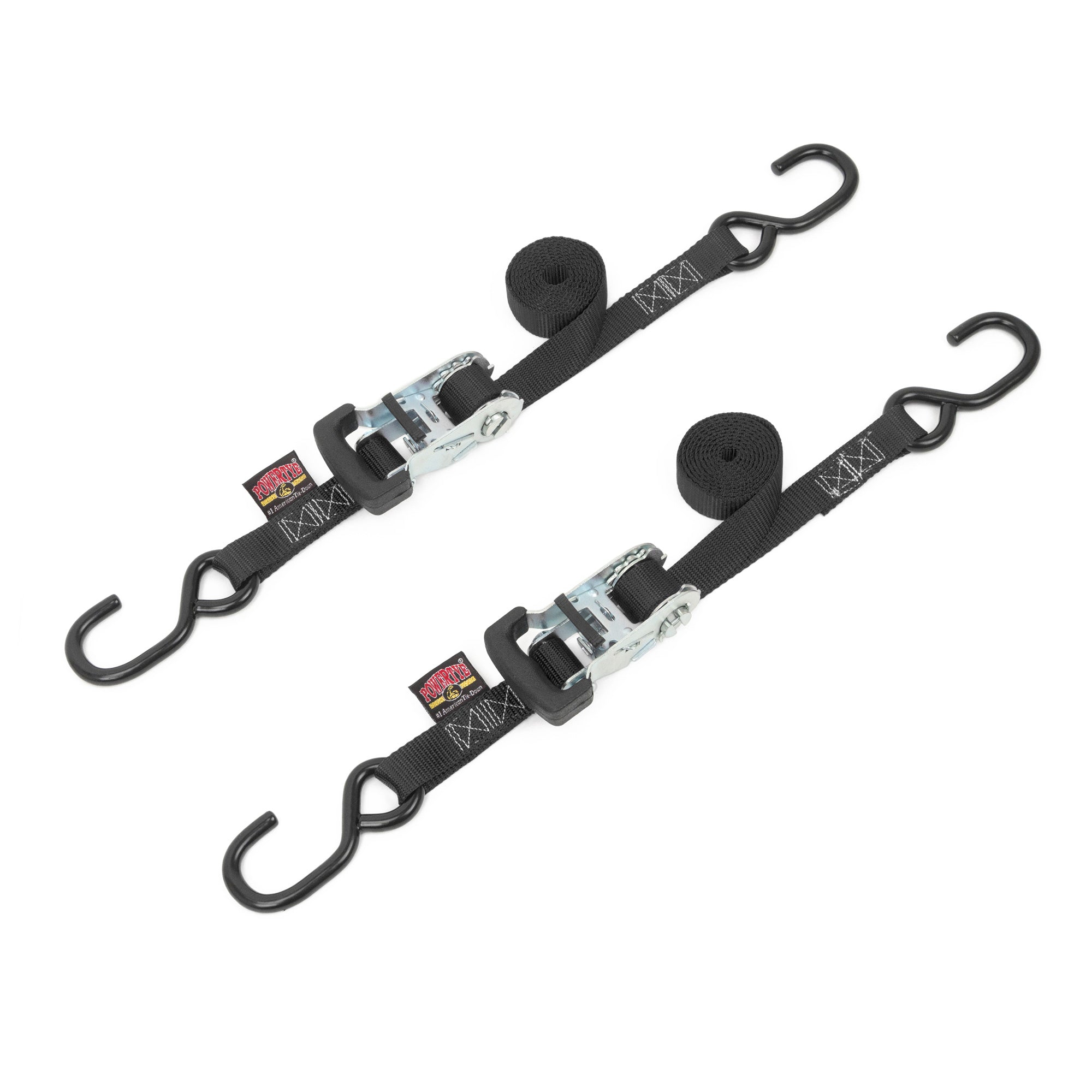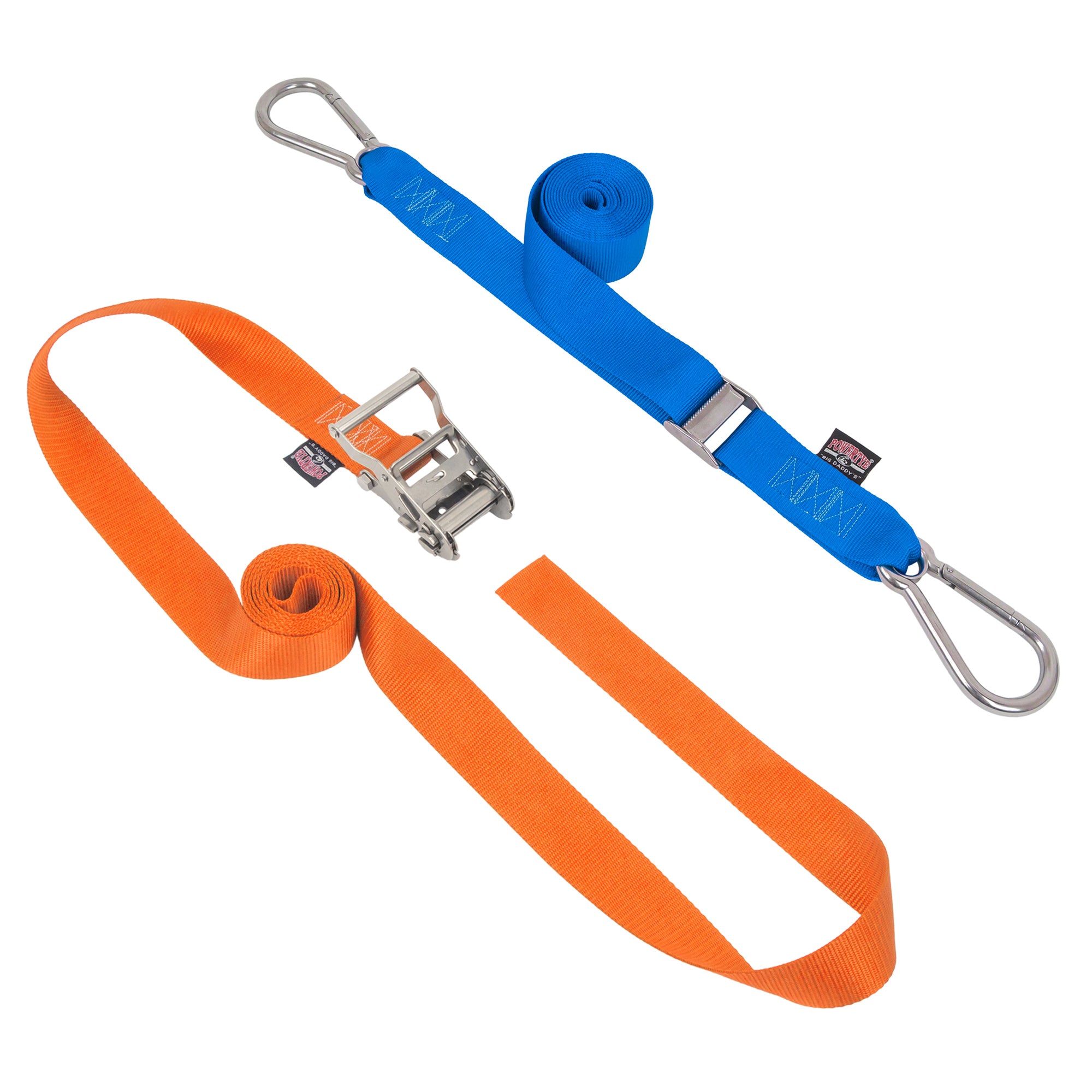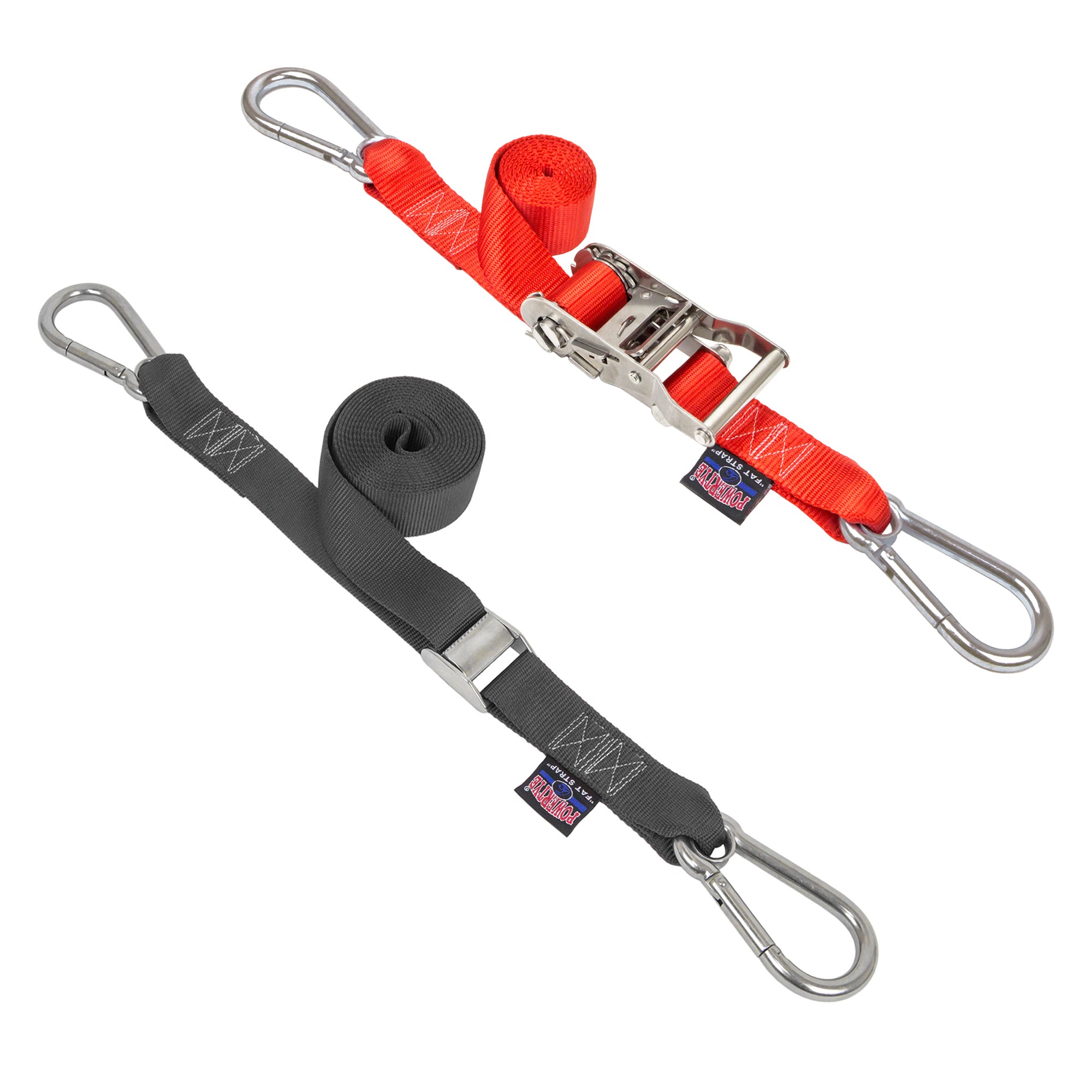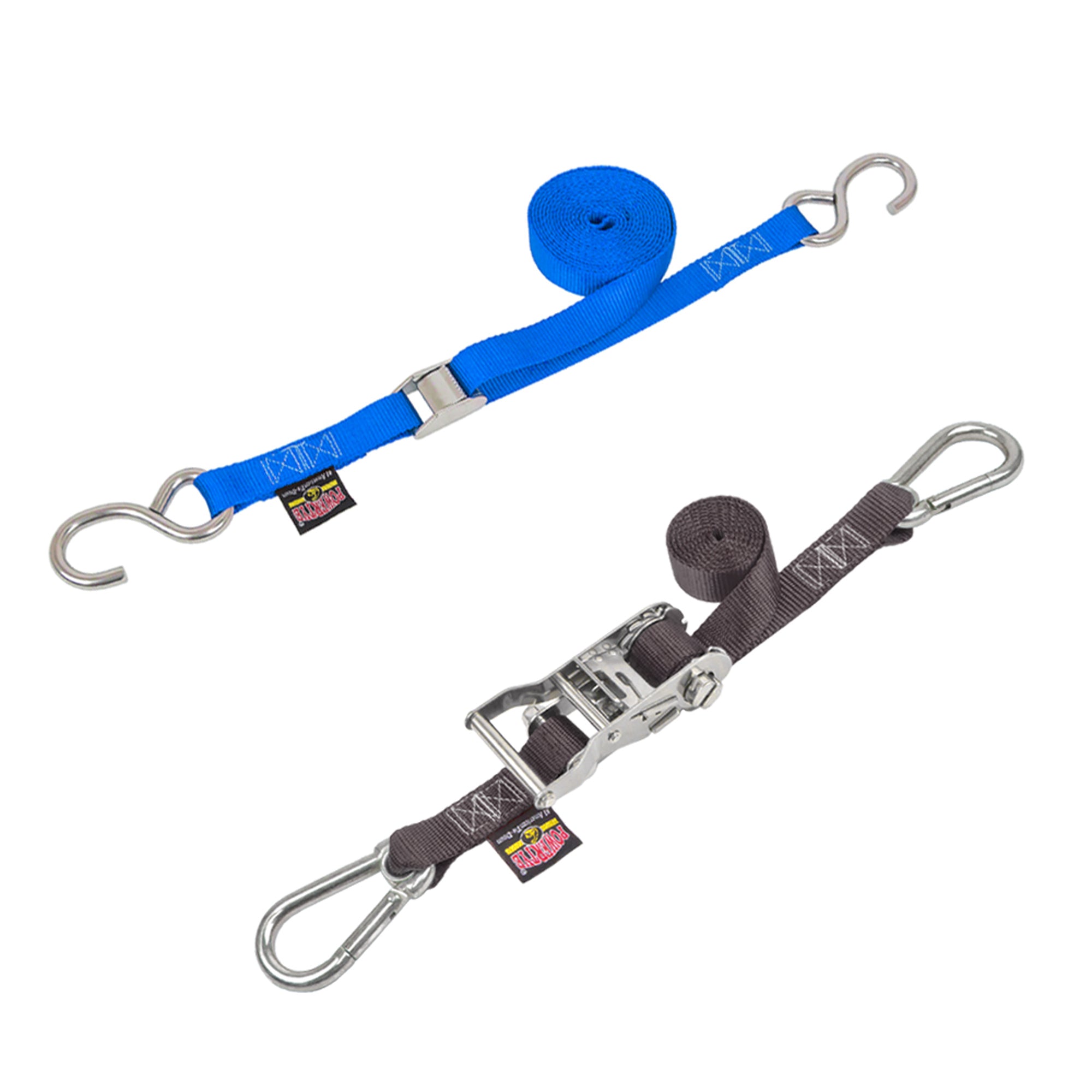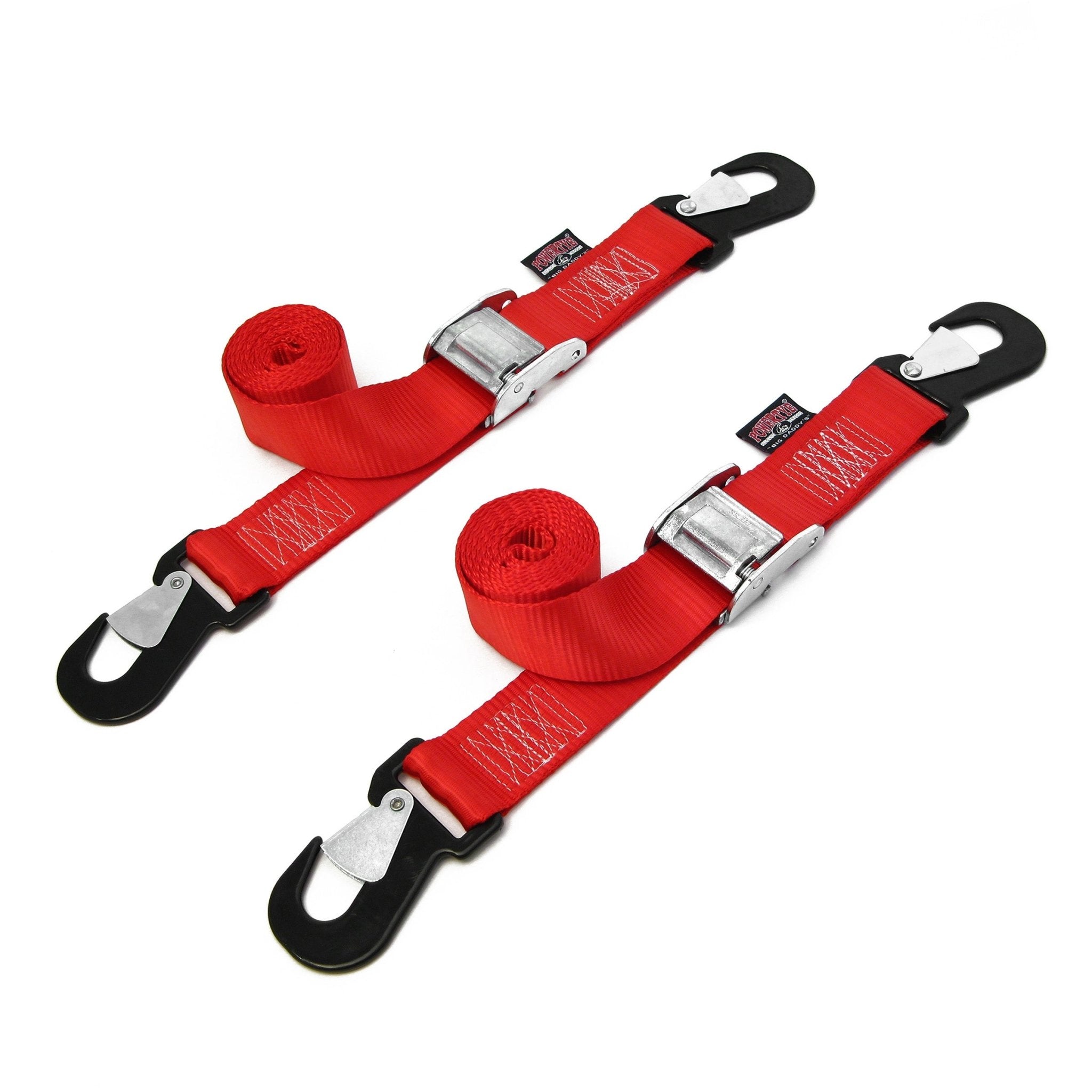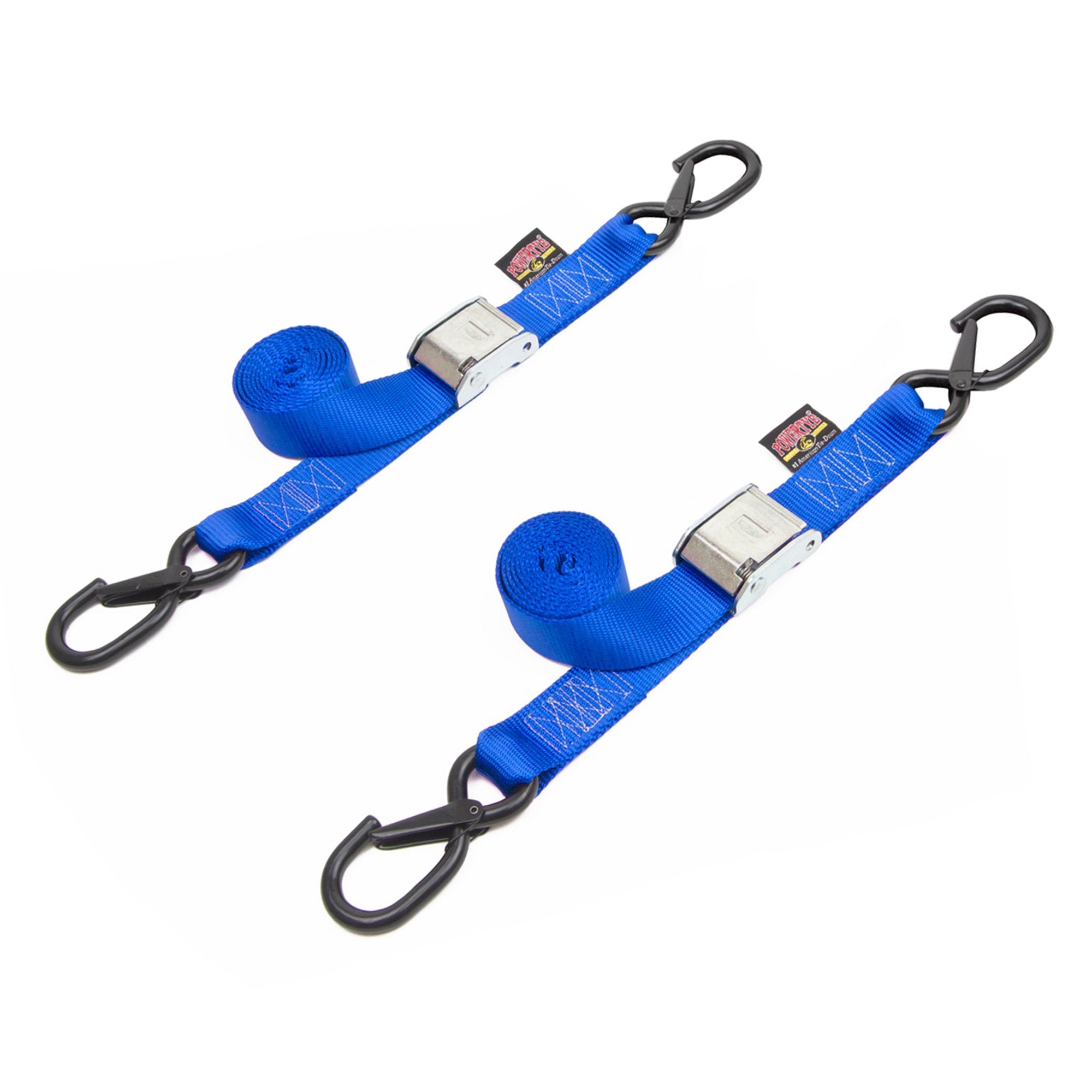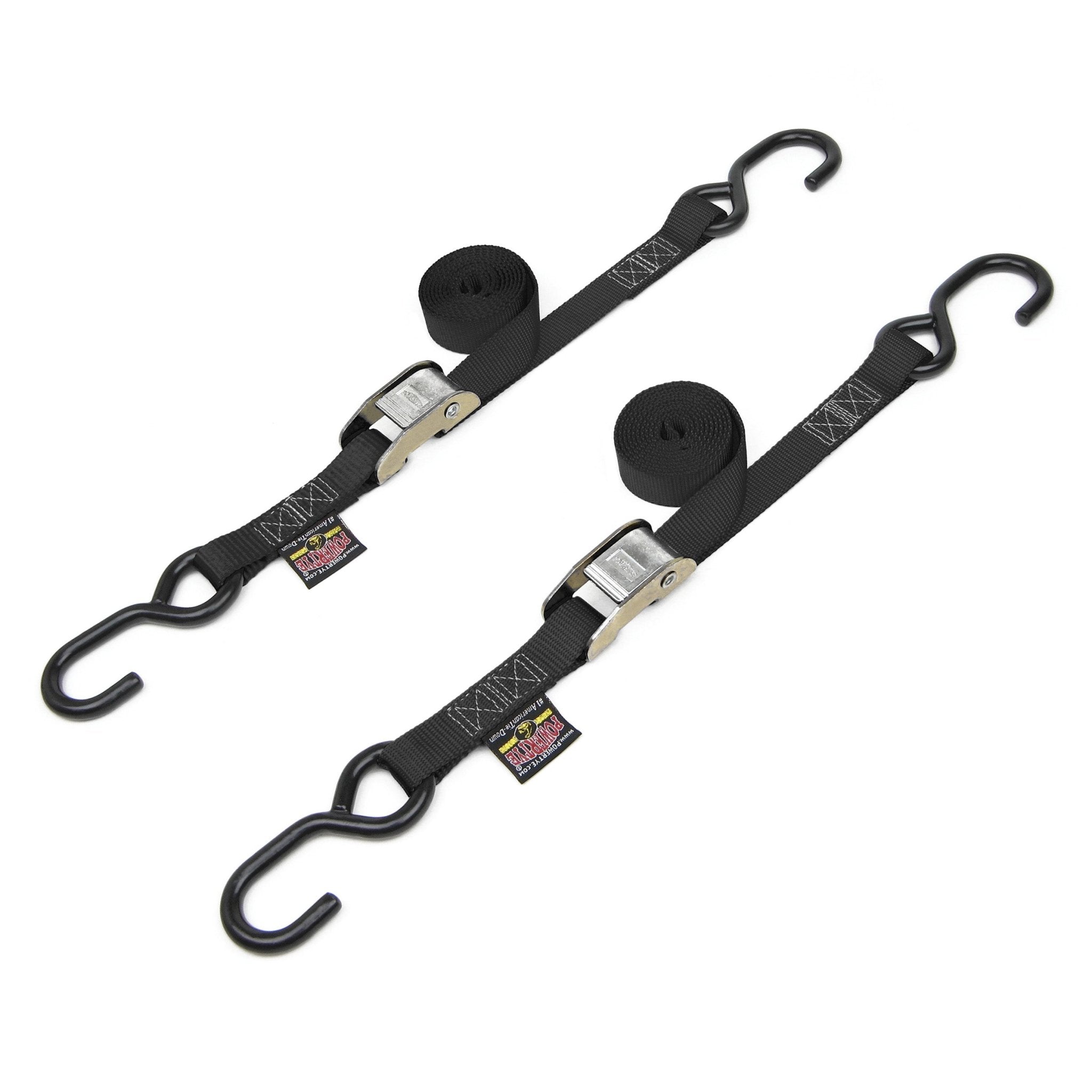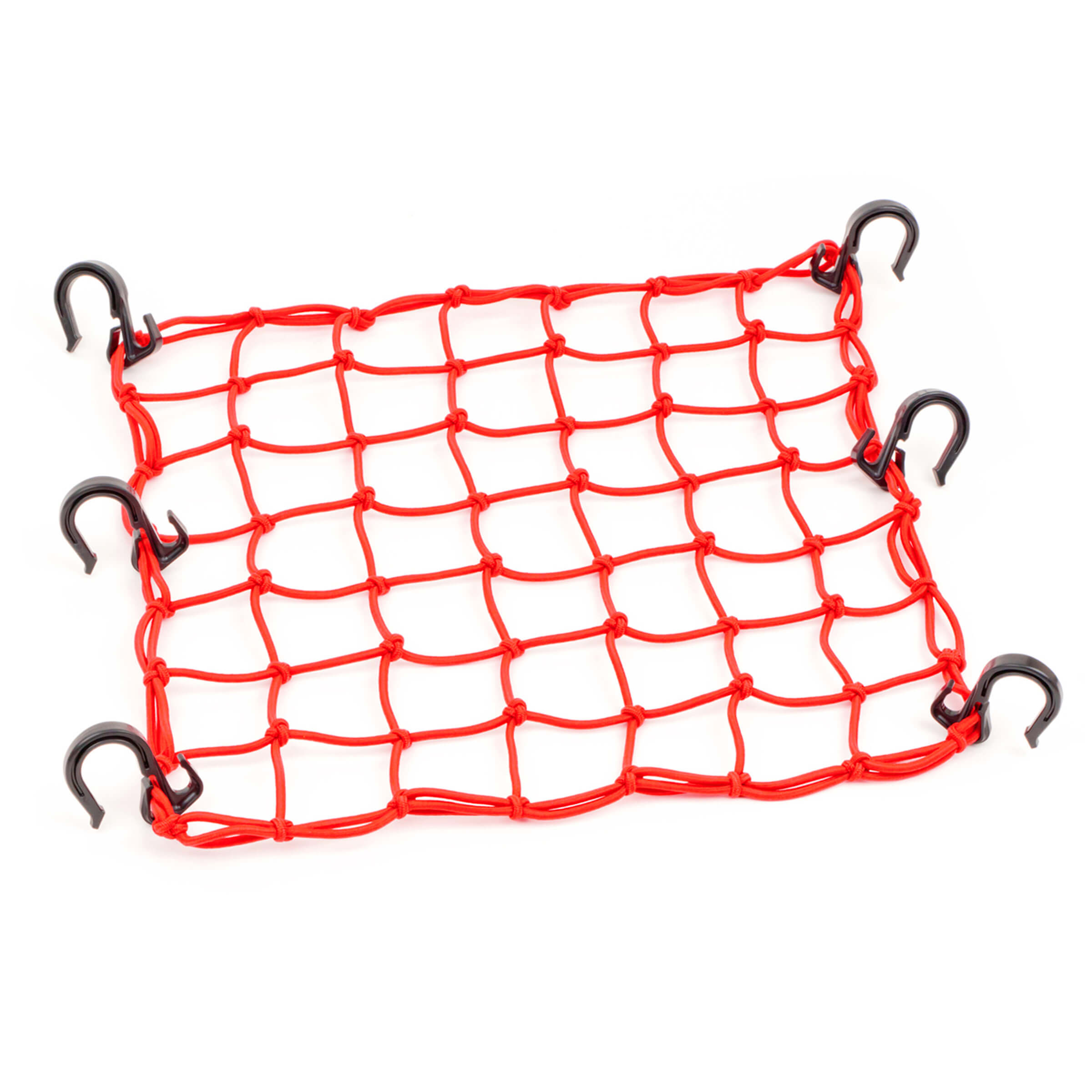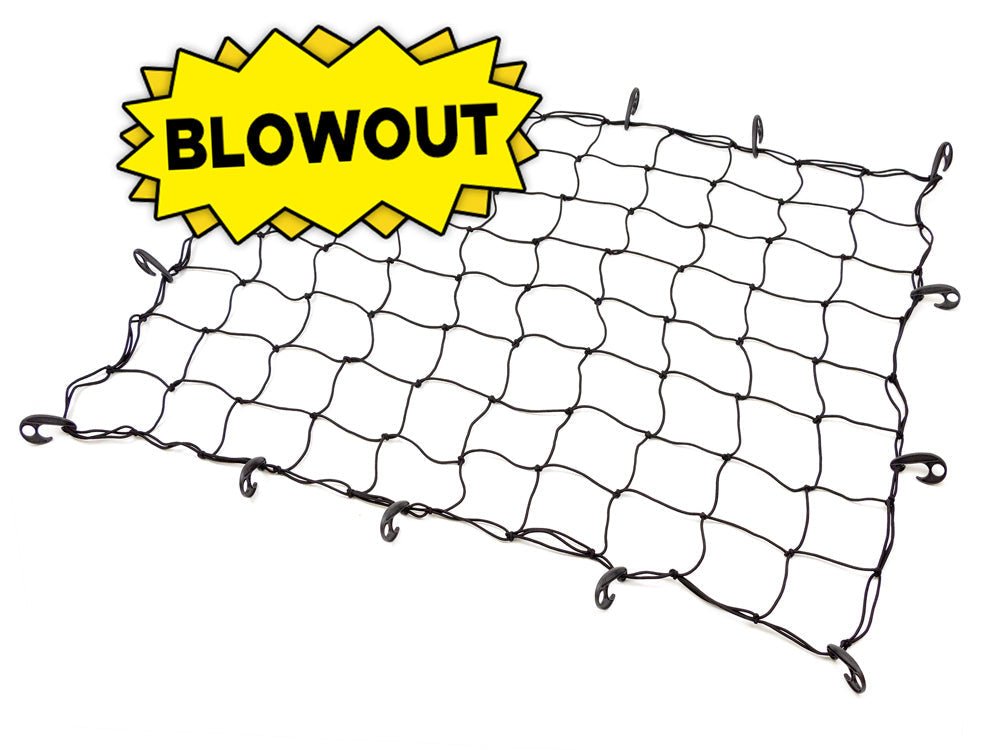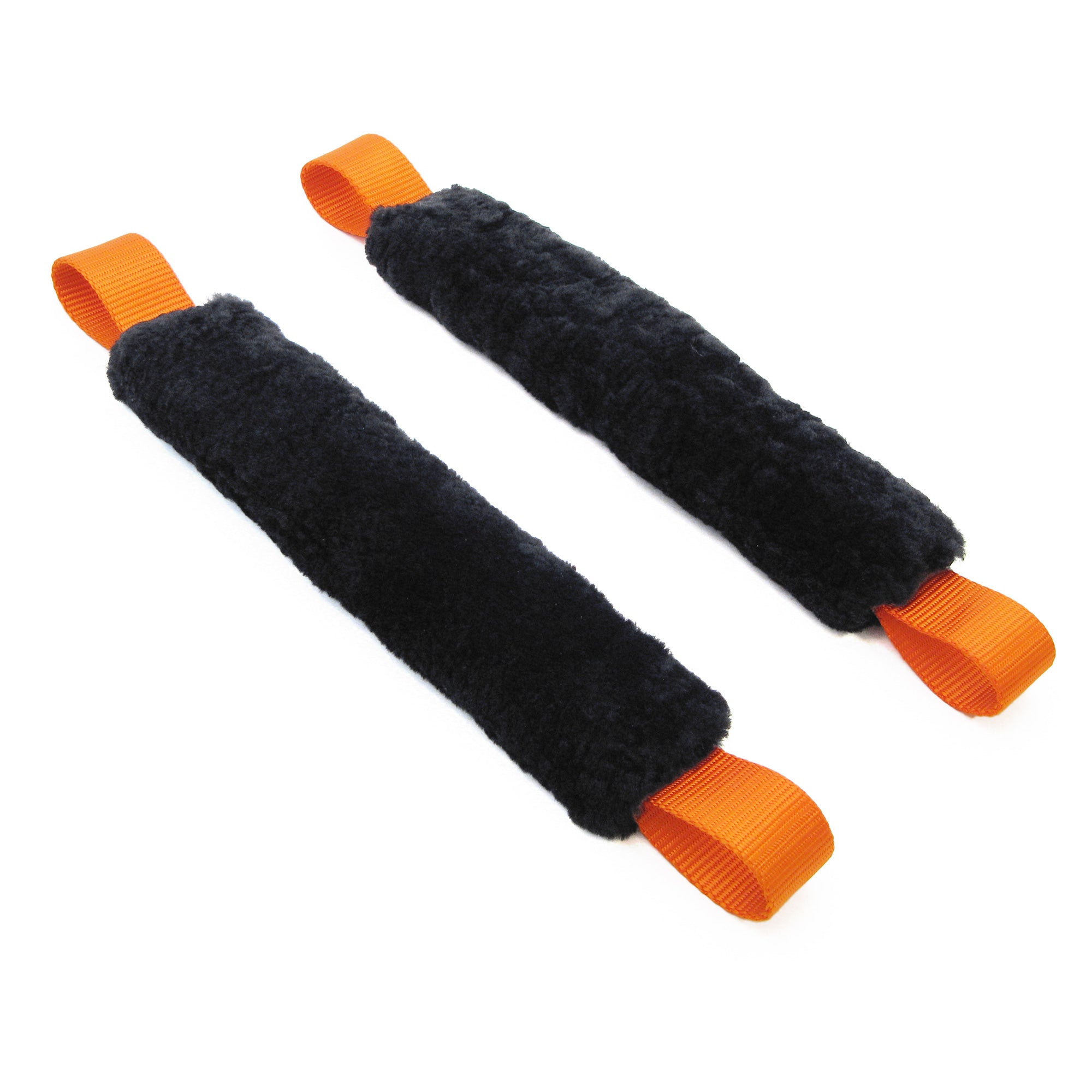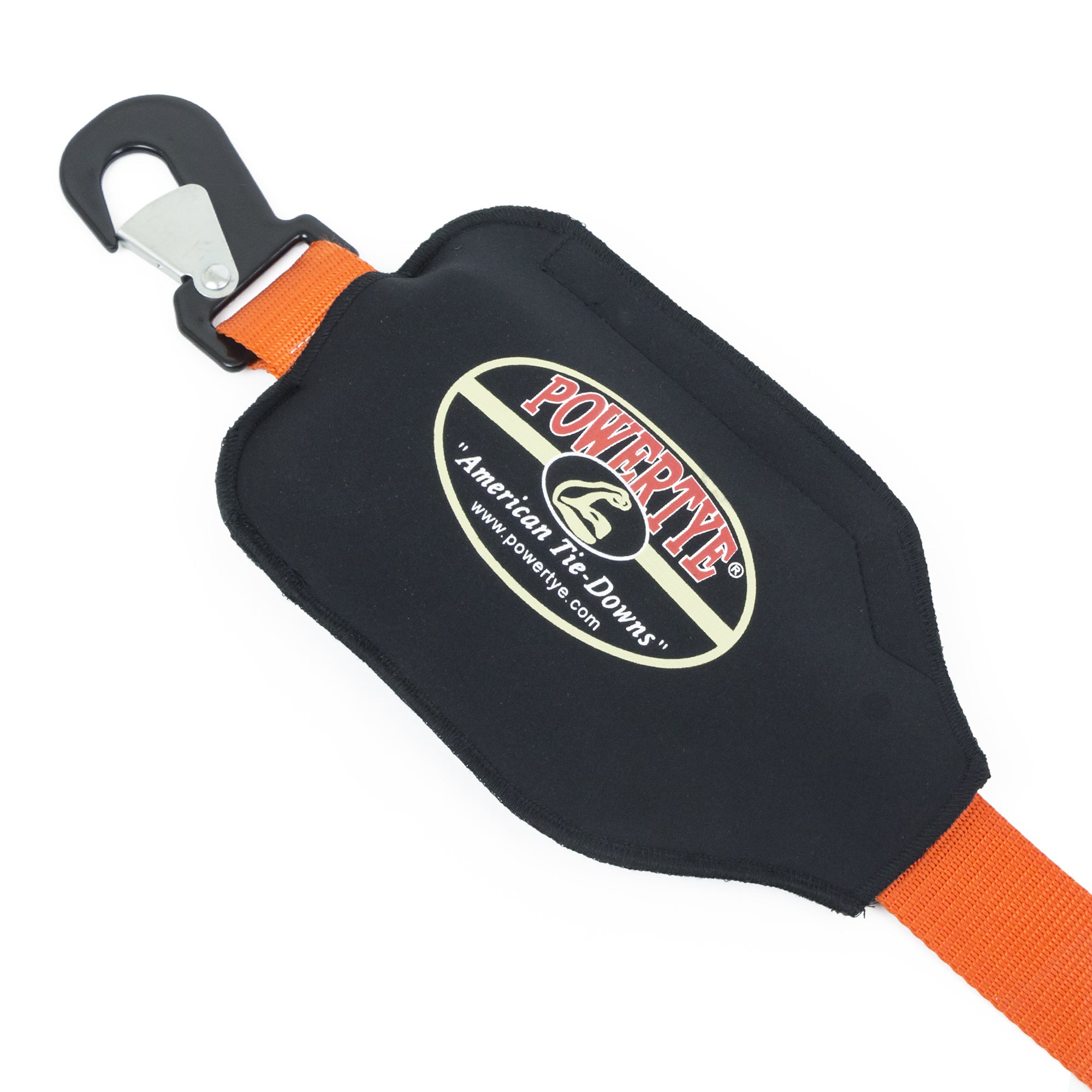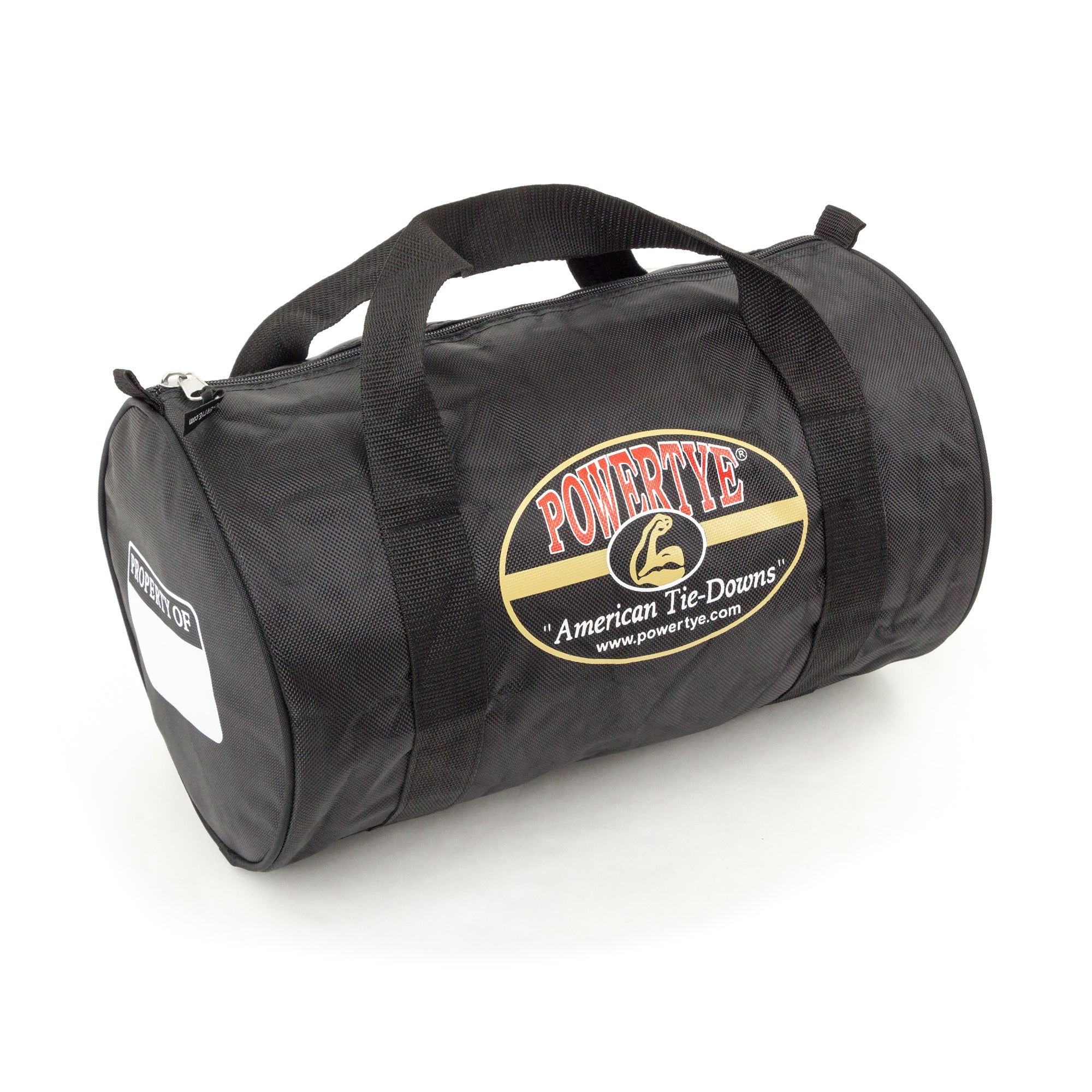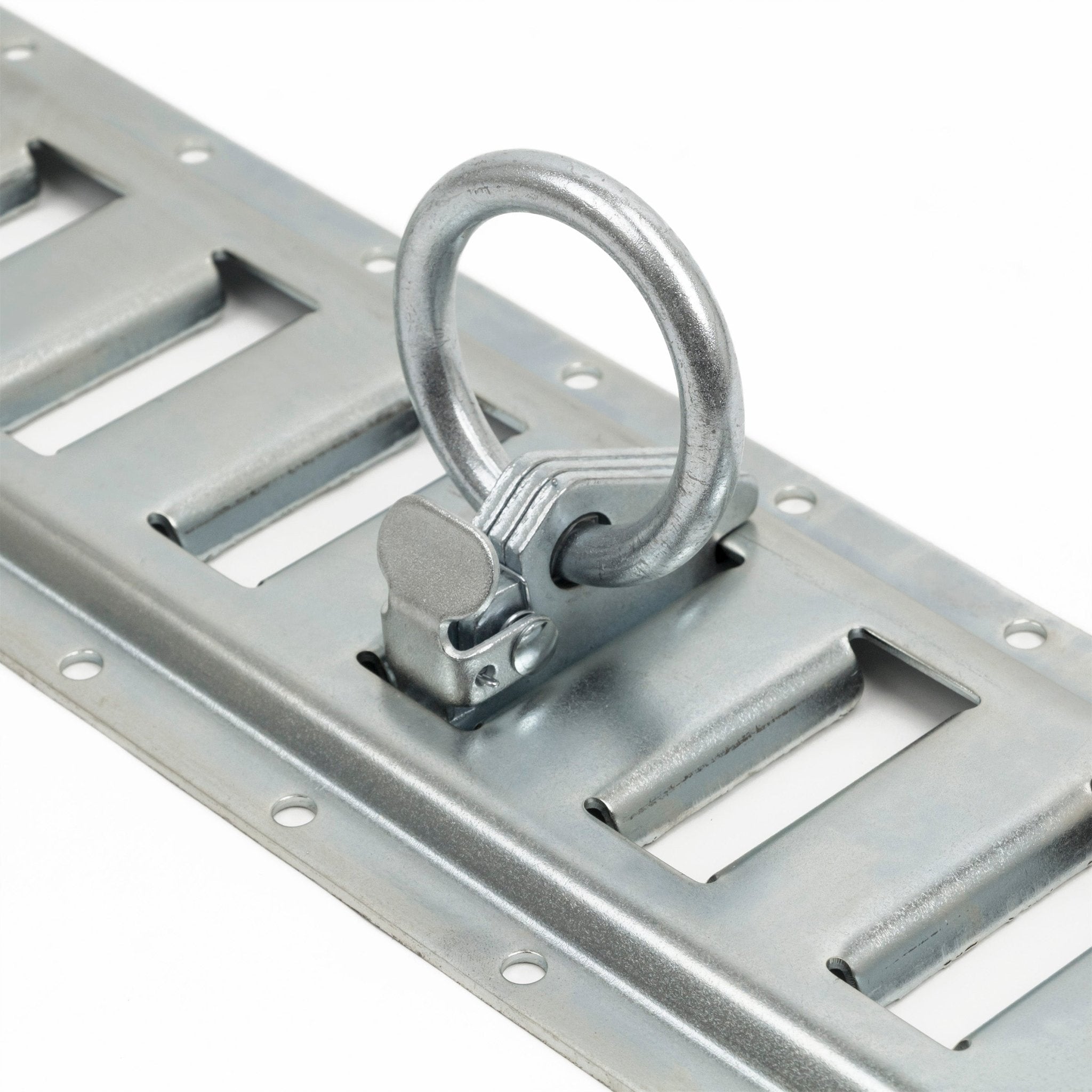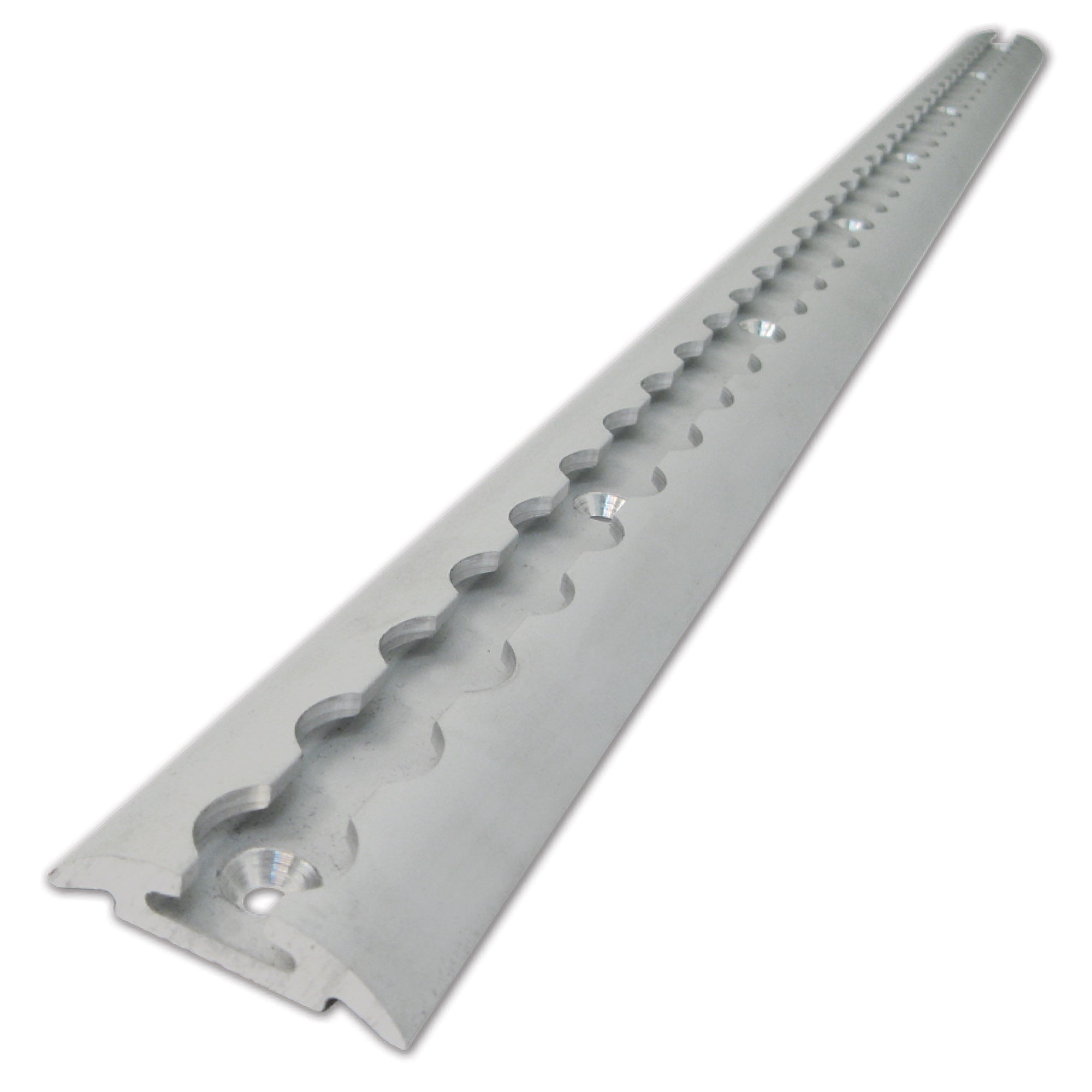Best Way to Strap Car on Trailer: The Right Tools and Technique for a Safe Haul
Whether you’re transporting a classic car to a show, towing your off-road rig to the dunes, or hauling your daily driver for a long-distance move, securing your vehicle properly is non-negotiable. Not only is it a matter of protecting your investment, but it’s also about safety on the road.
In this post, we’ll cover the best way to strap a car on a trailer—step by step. We’ll also explore the different types of straps, ideal anchor points, and pro tips for a fail-safe setup.

Why Proper Car Tie-Downs Matter
Improperly secured vehicles are one of the leading causes of trailer accidents. A small shift in load at highway speeds can cause serious damage—not just to your car, but to your trailer, surrounding vehicles, and your own safety.
Strapping a car to a trailer isn’t complicated, but it must be done correctly. That starts with choosing the right tie-down method and equipment.
Tools You Need to Strap a Car Safely
To use the best way to strap car on trailer, you’ll need the following gear:
✅ Ratchet Straps or Wheel Nets
These are your primary restraints. Choose high-quality straps with a working load limit (WLL) that exceeds your vehicle’s weight.
- 2-inch Ratchet Straps: Ideal for heavy-duty car transport. Ensure they’re made from durable materials and feature reinforced hooks or bolt-on ends.
- Adjustable Wheel Nets: Perfect for over-the-tire tie-downs. They wrap around the tires to secure the car without compressing suspension components.
✅ Tie-Down Anchors
Your trailer must have rated D-rings, stake pockets, E-track, or recessed anchors that can handle the tension. Never attach straps to a weak or unverified anchor point.
✅ Protective Accessories
- Axle straps (for frame-based tie-down)
- Soft loops (to prevent scratching wheels or axles)
- Wheel chocks (to reduce forward/backward motion)
Top 3 Methods: Best Way to Strap Car on Trailer
There are several ways to tie down a car, and each has its own strengths. The right method depends on the type of trailer, car, and straps you’re using.
1. Over-the-Tire Wheel Nets (Most Popular & Safe)
This is one of the most secure methods and doesn't strain suspension or body components.
Steps:
- Place the car on the trailer and set the parking brake.
- Wrap adjustable wheel nets over all four tires.
- Attach ratchet ends to anchor points on each side.
- Tighten evenly until the car is held firmly in place.
Pros:
- No stress on suspension
- Even pressure across all four tires
- Fast to set up and remove
Best For:
- Open car haulers
- UTV/ATV and off-road rigs
- Professional car transport
2. Axle or Control Arm Tie-Downs
A classic method used by many transporters. It involves using axle straps or soft-tyes through secure suspension points.
Steps:
- Route axle straps through front and rear control arms or axles.
- Connect ratchet straps to these and tighten down to the trailer.
- Always verify that lines and brake components aren’t pinched.
Pros:
- Versatile, works with various car types
- Effective for vehicles without accessible wheels
Cons:
- Can be harder to access under lowered cars
- Greater risk of strap abrasion if not protected
3. Tire Bonnets or Basket Straps
Tire bonnets cover the entire wheel, cradling it in a “basket” for added stability.
Steps:
- Drape the bonnet over the tire and adjust for fit.
- Hook the strap ends to trailer anchors.
- Ratchet tight until tire is locked in.
Pros:
- No metal-to-metal contact
- Excellent for exotic or low-clearance vehicles
Where to Attach the Straps
The best way to strap a car on a trailer also depends on your attachment points:
- Front: Use either the lower control arms or secure areas of the frame. Avoid body panels or tie rods.
- Rear: Use the rear control arms or rear frame sections. Never tie to exhaust, fuel lines, or sway bars.
Avoid tying to bumpers or any part of the body not rated for load tension. Always check your owner’s manual if in doubt.
Pro Tips for Strapping a Car Securely
- Use all four corners: A 4-point tie-down system is the industry standard.
- Tighten evenly: Alternate sides while ratcheting to avoid pulling the car sideways.
- Avoid suspension compression: Let the car rest on its own suspension. Tying down by wheels or axles preserves suspension geometry.
- Double-check your angles: Ideal strap angle is 45 degrees forward and down (front), and backward and down (rear).
- Secure loose strap ends: Prevent them from flapping in the wind or tangling.

What Not to Do
Even experienced haulers make mistakes. Avoid these common errors:
- Using bungee cords or rope (not load-rated)
- Tying down to bumpers, tie rods, or other weak points
- Over-tightening and stressing shocks or bushings
- Using worn or frayed straps
- Failing to check straps mid-trip
Best PowerTye Products for Car Hauling
PowerTye offers durable, USA-made tie-down solutions trusted by haulers, racers, and off-roaders across the country.
🔹 2in UTV Wheel Net Kit
- Heavy-duty design with adjustable fit
- Wraps securely around wheels
- Ideal for UTVs, side-by-sides, and trailers
🔹 2in x 6ft Retractor Ratchets
- Bolt-on or carabiner hook options
- Clean, retractable design
- Perfect for repeated use and quick transport setups
🔹 Stainless Steel Ratchet Straps
- Corrosion-resistant for outdoor or coastal use
- Great for enclosed haulers, marine transport, and winter storage
FAQs: Hauling a Car Safely
Q: How tight should I ratchet the straps?
A: Tight enough to prevent movement, but not so tight that you’re compressing the suspension or damaging components. Check for slight suspension sag, but not full compression.
Q: Can I use only two straps?
A: It’s strongly recommended to use four. Two straps won’t prevent sway, shift, or bounce on rough roads.
Q: Should I cross the straps underneath the car?
A: Not always necessary. Straight lines at 45-degree angles typically offer better tension and reduce strap wear.
Final Thoughts: Transport With Confidence
The best way to strap a car on a trailer comes down to a mix of the right method, the right gear, and careful setup. Whether you’re trailering a race car, muscle car, or utility vehicle, peace of mind starts with preparation.
By investing in high-quality straps—like PowerTye’s heavy-duty ratchet kits, wheel nets, and stainless steel tie-downs—you’ll get rock-solid performance every time.
Your trailer’s only as safe as the gear holding the vehicle in place. Make every haul a secure one.
